15+ Healthy Breakfast Ideas for Kids
Breakfast is an important meal for children – it provides them with the energy they need to start the day off right. There are many different breakfast options that are both healthy and delicious. In this blog post, I share 15 healthy breakfast ideas for kids, including some simple recipes that you can make right away!
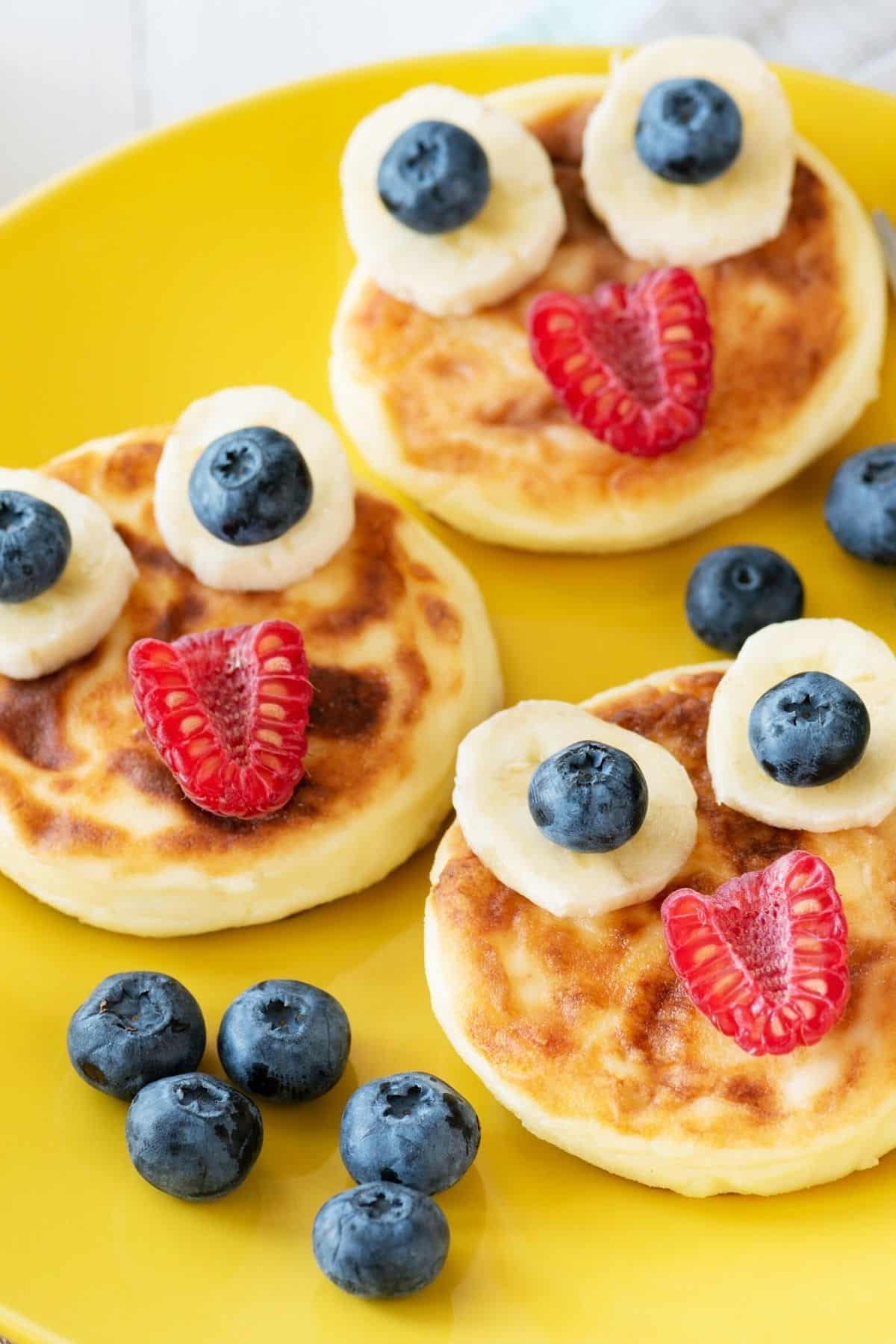
What Nutrients Do Kids Need at Breakfast?
All meals should include a healthy balance of nutrients, and breakfast is no exception.
A good mixture of protein, fats, and carbohydrates can actually help children learn better, give them the energy they need to be physically active, and help them feel satisfied.
Balanced meals can also help children maintain a healthy weight, as they are less likely to crave unhealthy snacks throughout the day.
Protein
In the long term, protein promotes growth, helps build muscles, repairs tissues in the body, and supports the immune system.
Carbs
Carbohydrates are a great source energy and help balance the protein and fat in a meal.
Fat
Fats, meanwhile, help with the healthy development of your child’s brain and nervous system, and also with the absorption of fat-soluble vitamins.
There are lots of different foods you can offer at breakfast time to provide your children with a balance of carbs, protein, and healthy fats. Eggs, nuts, and seeds are all great protein sources and easily incorporated into breakfast, while grains supply plenty of carbohydrates.
Try to ensure that at least half the grains you offer are whole grains like oats, or contain whole grains (multi-grain bread, for example). Unlike sugary cereals, whole grains are slowly digested and absorbed by the body. This means that they will help your child feel full for longer and keep their energy levels high throughout the day.
Dairy products are ideal breakfast foods too. Items like milk, cheese, and yogurt all supply your child with a range of nutrients including calcium, protein, and fats.
Best Healthy Breakfast Ideas for Kids
Here is a look at some of the best foods to offer toddlers and school-age children for breakfast. Teens need to eat breakfast too! They can also take advantage of these recipes and ideas, just increase the portion sizes for bigger kids and young adults.
To encourage children to enjoy this important meal, try to make time to sit and eat your breakfast with them. There’s nothing like leading by example and get the whole family together. Try to include older kids too so they encourage picky toddlers.
Don’t worry, healthy breakfast recipes don’t have to be fancy or time-consuming to prepare. The key is to plan ahead so you have ingredients available. You can even meal prep breakfast foods to make your life easier.
See my related list of gluten-free and dairy-free breakfast recipes. You may also like this article with Healthy School Lunch Ideas.
1. Smoothies
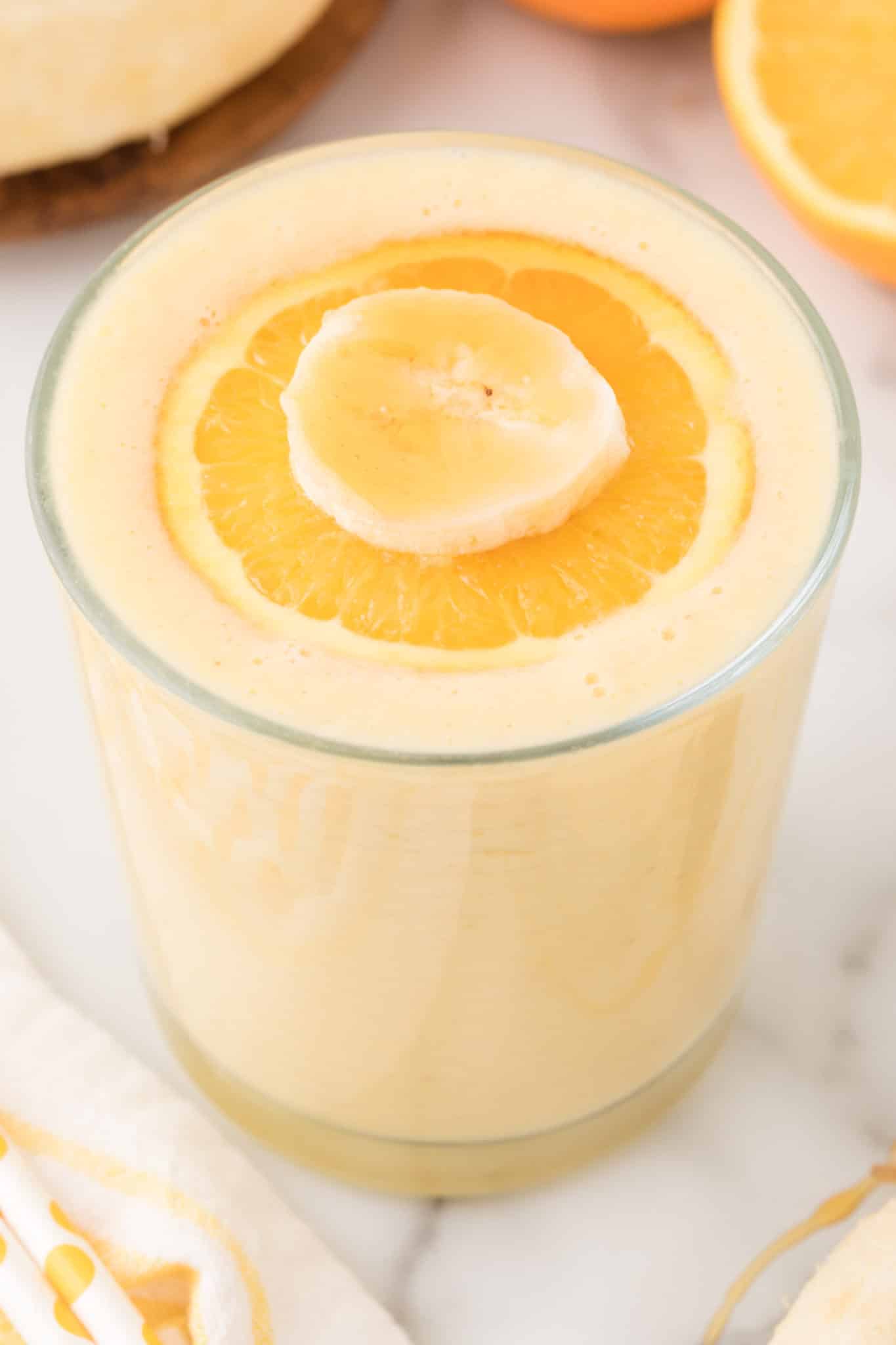
When a group of middle and high school students was served fruit smoothies during school breakfast, researchers found that the number of students consuming a full serving of fruit shot up drastically from 4.3% to 45.1%.
If your child is reluctant to eat fruit, then a fruit smoothie at breakfast could be the way to go!
Look beyond just using fruit in your smoothies and there are plenty of other healthy additions you can make. Including dairy foods like Greek yogurt would be a great way to add protein to a smoothie, while nuts or nut butter could be used to provide both protein and fats.
You could even use smoothies to introduce super healthy ingredients like microgreens or baby spinach into your child’s diet as an added bonus, particularly if they might be reluctant to try them otherwise.
Rather than adding sugar to smoothies, aim to sweeten them naturally with sweet ingredients like banana or ripe strawberries.
Some kid-friendly smoothie recipes to try include:
2. Sweet Potato Toast
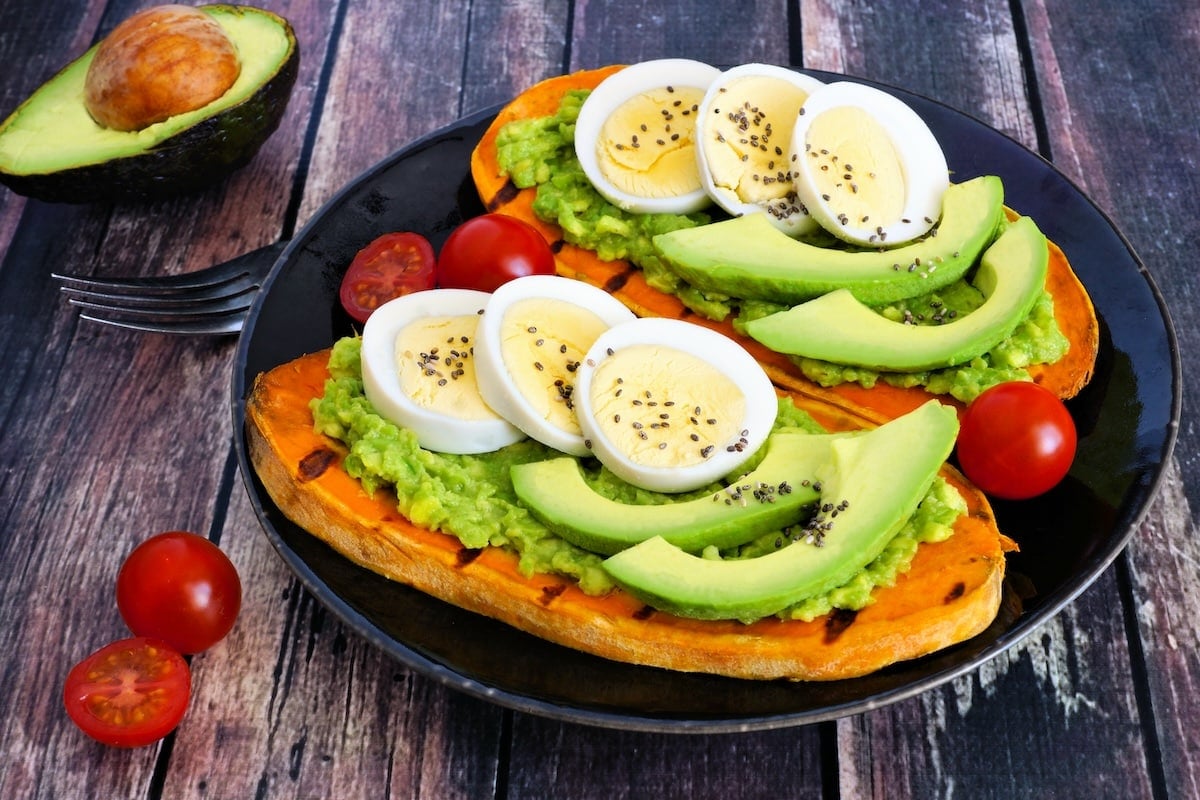
Sweet potato toast may be one of the easiest and most nutritious things you can make for breakfast! It is packed with carbohydrates, which your child’s body will break down into glucose to use as a source of energy throughout the day.
All you need to do is take an orange or red-skinned sweet potato and cut it into slices, each around 1/4 to 1/2-inch thick. If you cut the potato lengthwise it looks more like toast, but it can be a bit tricky so you may prefer to simply cut it straight across into rounds.
Pop the slices onto a baking sheet lined with parchment and bake them at 400 degrees Fahrenheit until they look gently toasted and feel soft.
Your sweet potato toast is now ready to top with whatever you like, from mashed avocado and poached eggs to peanut butter and sliced banana.
Cooked sweet potato toast will keep in the fridge for up to 5 days, so you can make a batch to keep on hand for busy mornings. Just reheat them in the oven, microwave, or toaster when you need them. These are such a great breakfast!
Sweet potatoes are one of the best vegetables for picky eaters!
3. Breakfast Quesadillas
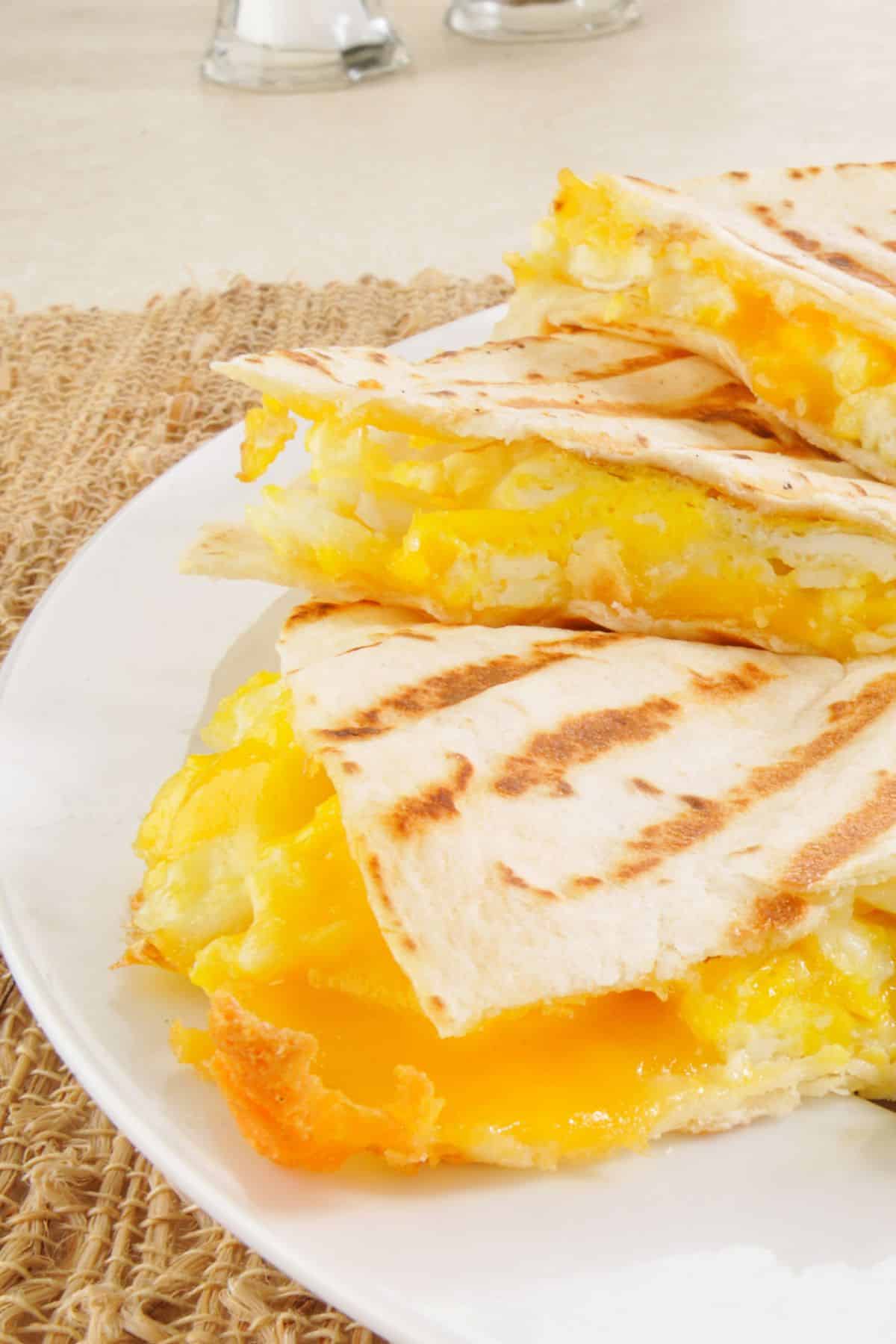
The great thing about quesadillas is that you can put pretty much whatever you want into them, so you can customize them to suit your child’s tastes.
A typical breakfast quesadilla will include scrambled eggs and cheese, but you can also throw in beans for an extra pop of protein and green leafy vegetables like spinach for some additional vitamins and minerals.
The tortilla in a quesadilla is a great source of carbohydrates, but to ensure it is as nutritious as possible, choose tortillas made with whole grains.
If you feel as if you don’t have enough time in the mornings to make quesadillas, try cooking some in advance, then cutting and freezing them. When you need them you can warm them in a toaster oven or your microwave.
4. Eggs

Eggs are the perfect breakfast food – affordable, versatile, convenient, and a fantastic source of protein, vitamins, and minerals.
What’s more, they are incredibly satisfying and studies have shown that giving children eggs for breakfast instead of cereal keeps them feeling full for longer!
They are a great brain food too, particularly the yolks. Studies have demonstrated how eggs are helpful in supporting cognitive performance in children.
There are lots of ways you can prepare eggs for breakfast, from a simple soft-boiled egg served with strips of whole-wheat toast to omelets packed with fresh veggies! Other ideas include scrambled eggs, French toast, and even eggs baked in the oven with bacon and sausages for extra protein.
Some egg recipes you can try:
5. Low Sugar Cereals With Fruit
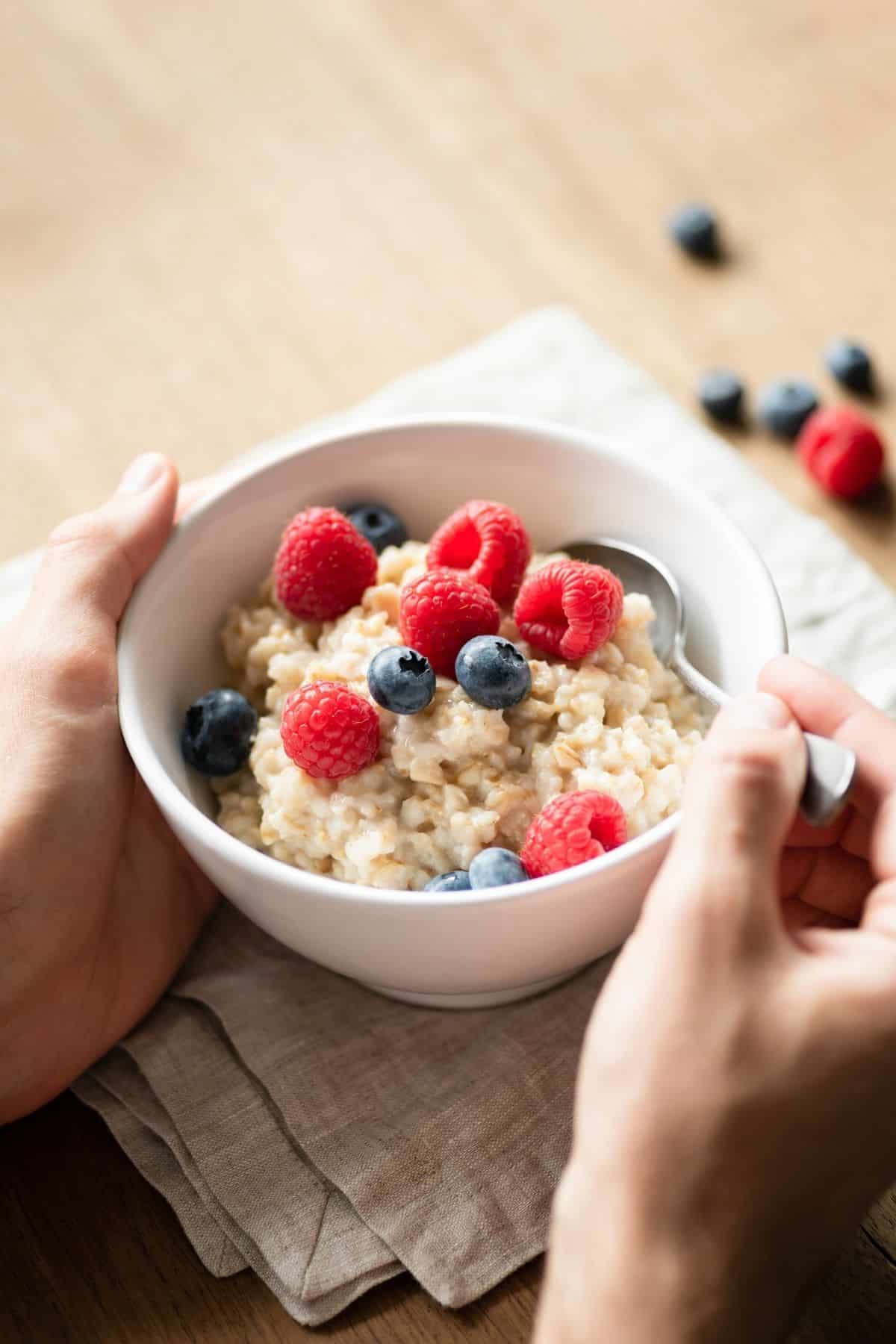
In 2014, the Environmental Working Group analyzed more than 1,500 cereals – 180 of which were specifically made for children. They found that a child who eats a bowl of cereal every day for a year consumes a massive ten pounds of sugar!
This shows the importance of looking for low-sugar cereal alternatives for your child’s breakfast.
Oats and whole wheat cereal porridges are both good options, especially with the addition of ripe, fresh berries for flavor and natural sweetness.
Unsweetened puffed rice is another good choice, along with plain corn flakes. You could also try some of the more unusual, healthy options now available in stores, including puffed corn and puffed millet.
One word of caution around cereals is that many of them use fortified flours. If your children have the MTHFR variation, you may need to find cereals that are not fortified. This means you may want to cook oatmeal or cereals from scratch such as my recipes for Overnight Protein Oats, Instant Pot Buckwheat, or Instant Pot Amaranth.
If your child seems hooked on more sugary cereals and is reluctant to make the switch, try mixing their usual cereal with the low sugar alternative. Over time, you can add less and less of the very sweet cereal, until your child becomes accustomed to the healthier option.
6. Chia Pudding
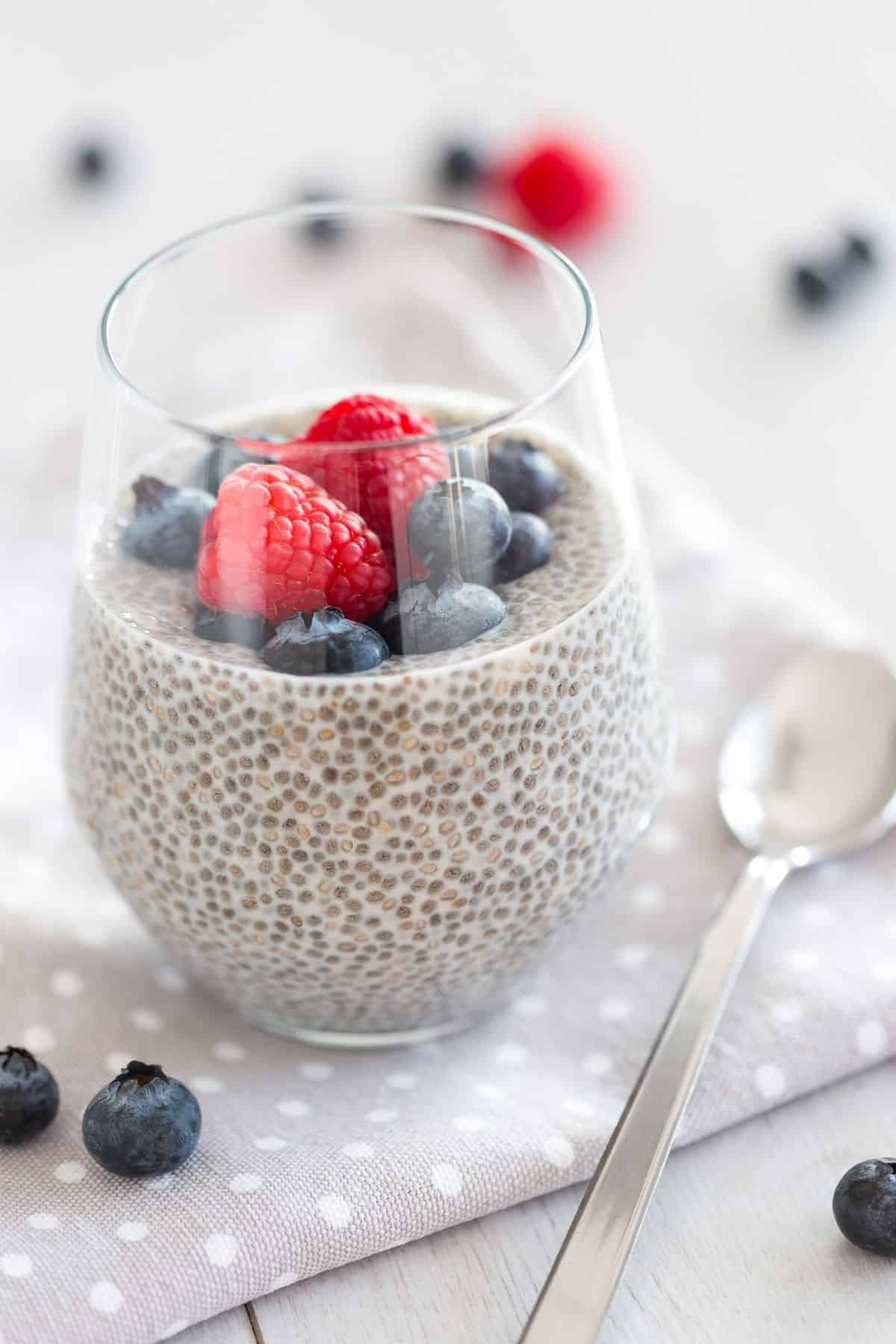
Chia is an ancient grain that has only recently become popular as a healthy food in many parts of the world. It is a great source of omega-3 fatty acids, antioxidants, and fiber and it has many proven health benefits.
Chia seeds are able to absorb up to 12 times their weight in liquid, so they swell up and become gelatinous. This makes them the ideal ingredient for pudding!
Chia pudding is a great way to get this nutritious little seed into your child’s diet on a regular basis. It isn’t too tempting by itself as chia seeds are fairly plain in flavor, but the addition of a few healthy ingredients can turn it into something amazing.
Try making a simple recipes for chia pudding by soaking 2 tablespoons of chia seeds in 1/2 cup of milk (you can use cow’s milk or a plant-based milk such as almond). Leave it to sit in the fridge for at least 2 hours – or even overnight – then serve with fresh, ripe berries or another sweet fruit.
Other good flavorings include shredded coconut, nut butter, no-added-sugar fruit spread, or spices like nutmeg and cinnamon.
More chia seed pudding recipes you might like:
7. Cottage Cheese With Melon
Fresh, creamy cottage cheese has a soft texture that is suitable for even the youngest children.
Rich in protein, it is an excellent source of calcium, selenium, and vitamin B12. This makes it a good choice for your child’s breakfast, as vitamin B12 has been shown to support brain development and cognitive function.
Cantaloupe melon pairs beautifully with cottage cheese. As a fun touch, you can even turn the melon itself into the bowl by halving it, deseeding it, and spooning cottage cheese into the cavity.
Other fruits that pair well with cottage cheese include sliced bananas, pineapple chunks, and ripe berries.
8. Breakfast Cookies
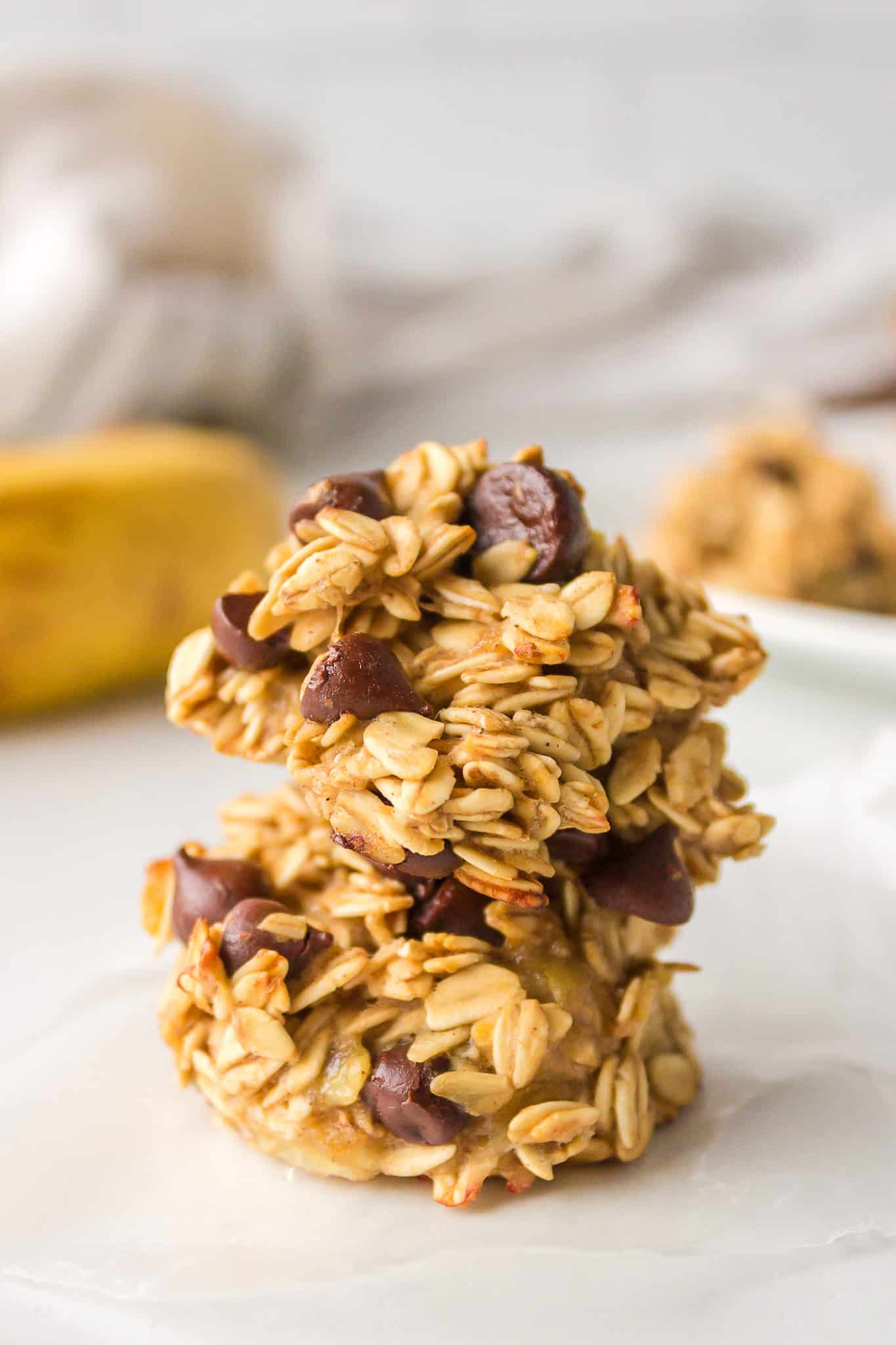
There are lots of different recipes around for breakfast cookies, which generally contain healthy ingredients like oats, nuts, and seeds. While some people like to add honey or maple syrup to sweeten them, a healthier option is to use dried fruit like raisins.
Or, try using mashed ripe banana to sweeten your homemade breakfast cookies. I like this recipe for Banana Oat Cookies.
The good thing about breakfast cookies – which are similar to granola bars, but softer – is that they are easy to make in advance and refrigerate or freeze for future use.
They are also ideal for eating on the go, which makes them perfect for those busy mornings when your child may prefer to take something to eat before school rather than sit at the table for breakfast.
9. Whole Grain Waffles
A good source of carbohydrates to keep your child feeling energized throughout the morning, whole grain waffles are also high in fiber. Fuller in flavor than traditional waffles made with white flour, they make great food to start the day for your child when paired with healthy toppings.
Try serving them with fresh fruit, yogurt, or even cottage cheese. And, if your kiddos aren’t fans of waffles, try these delicious Gluten-Free Flax Muffins instead.
Some of my favorite waffle and pancake recipes include:
10. Overnight Oats
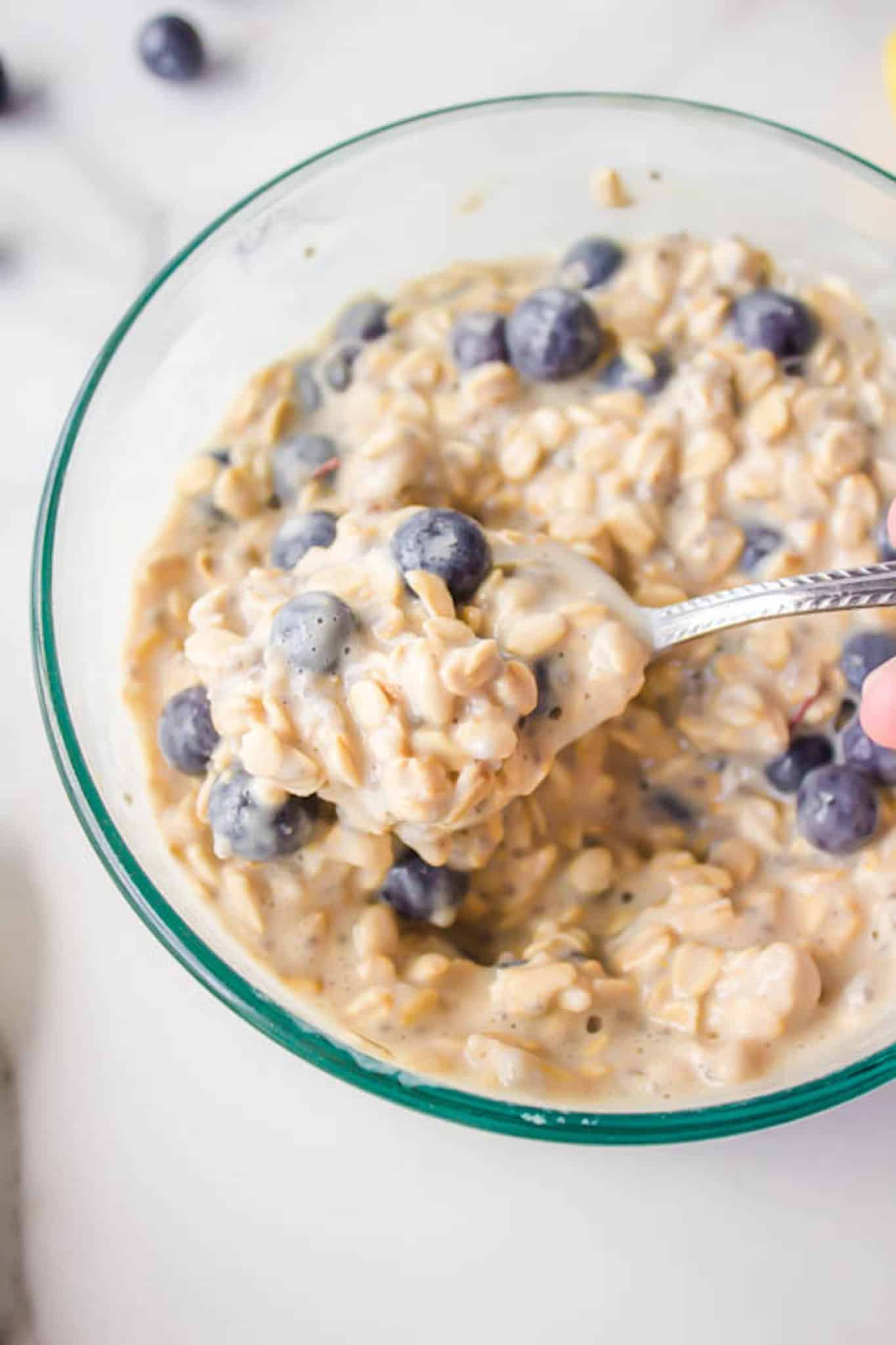
Nutrient-dense oats are one of the healthiest grains on earth. They are rich in antioxidants, containing a particularly unique and beneficial group called avenanthramides, and they are incredibly satisfying.
Although rolled oats and instant oats are quicker to prepare than whole groats, there is still some cooking involved. A quicker and more convenient option is to prepare overnight oats! This involves soaking them in liquid overnight, which softens them in just the same way that cooking them would.
All types of oats can be used to make overnight oats – from instant oats to steel-cut – but the quicker-cooking oats will absorb liquid faster than whole groats.
There are many overnight oat recipes you can try, so you can prepare breakfast using your child’s favorite ingredients. The liquid can be anything from cow’s milk to almond milk, or you can try buttermilk or thinned yogurt for a tangy flavor. Other ingredients can include fruits, nut butter, shredded coconut, and chia seeds.
Make your overnight oats in individual Mason jars for the ultimate grab-and-go breakfast.
See my recipe for Overnight Protein Oats.
11. Egg Muffins
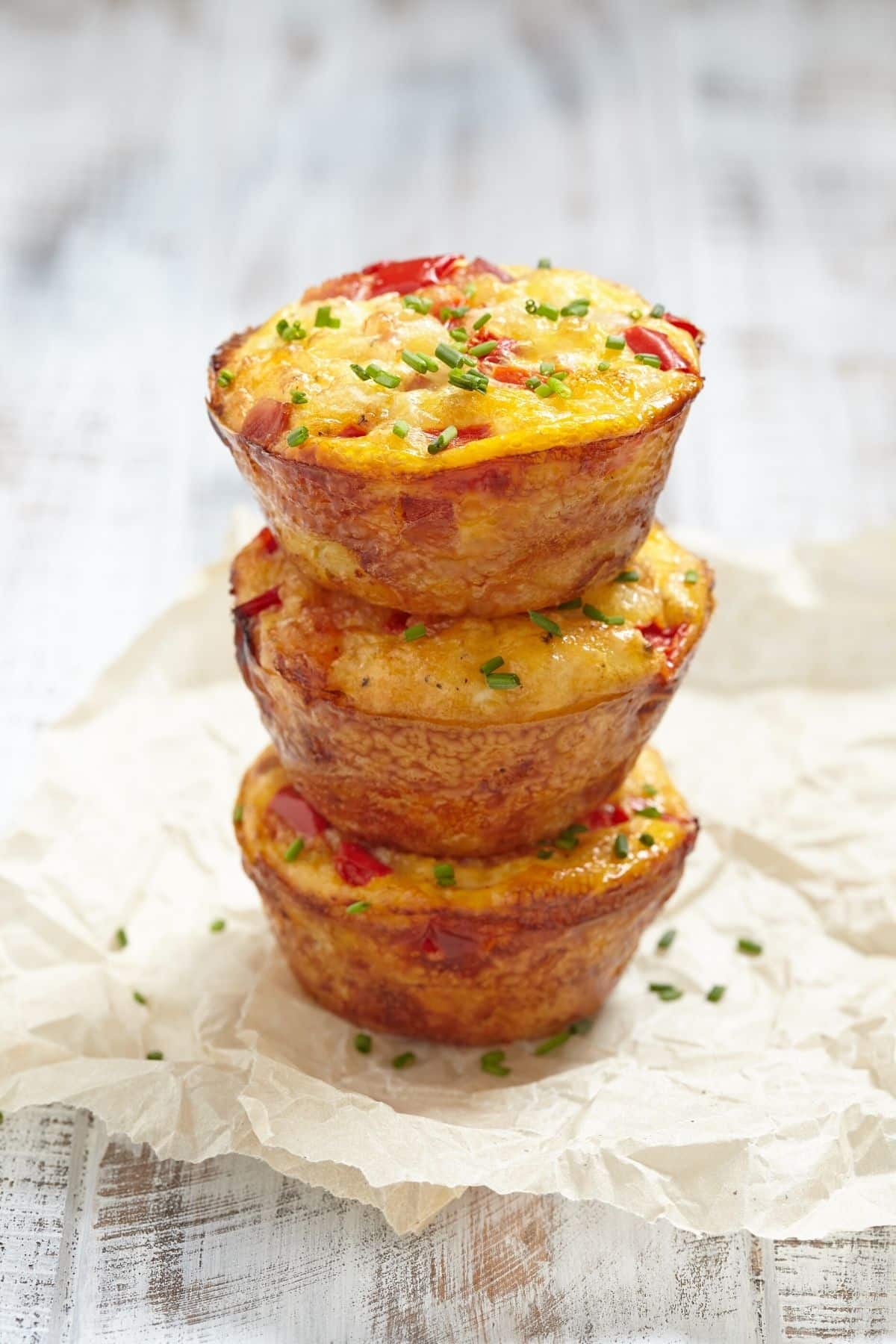
High in protein, breakfast egg muffins take just 5 minutes to prepare. They also freeze well and have a fluffy, easy-to-eat texture that is ideal for even the youngest children.
Although there are plenty of egg muffin recipes you can try, you really don’t need a recipe at all and you can simply use ingredients that your child really enjoys.
To make them, just whisk up your desired number of eggs with a little salt and pepper, then stir in add-ins like cheese, cooked meat, and veggies. Divide into silicone liners placed in a muffin pan, then bake in a 400 F oven for around 10 minutes, until golden and set.
12. Baked Oatmeal
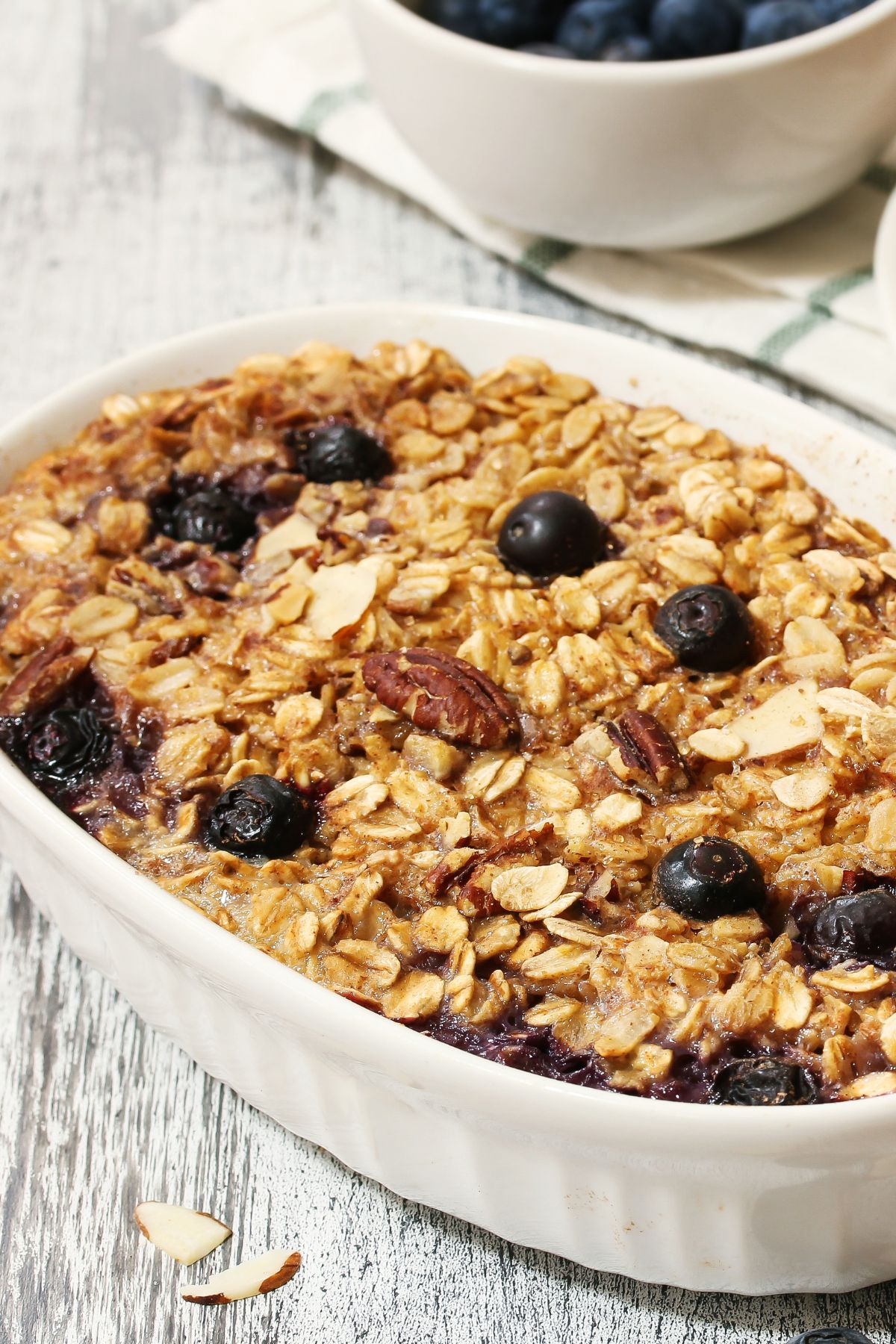
Baking oats is another great way to prepare them and if you do a large enough batch it can last you right throughout the week!
Recipes for baked oats vary but essentially involve combining oats with milk and eggs, then incorporating tasty and healthy ingredients like fruit, nut butter, seeds, and spices. The mixture is then baked for around 35 minutes until set. Or, try this recipe for Baked Oatmeal.
Baking the ingredients together really brings out the sweetness of the fruits used in the mixture. If your child doesn’t enjoy oats cooked in any other way, you might find that they will appreciate the difference.
They might also enjoy being able to pick up their oatmeal and eat it with their fingers – baked oatmeal is firm enough to slice and no spoon is required!
13. Oatmeal Muffins
There are many ways of incorporating oats into your child’s breakfast and oatmeal muffins are another popular option.
Oatmeal muffins don’t just contain oats – instead, they are made with oatmeal, so no flour is required. This makes them ideal if your child is sensitive to wheat or gluten (just be sure to use certified gluten-free oats).
Rather than refined sugar, make your oatmeal muffins with dried or fresh fruit. You can easily make a batch ahead of time and because the muffins are portable they are ideal for busy mornings and breakfast on the go.
14. Snack Plates
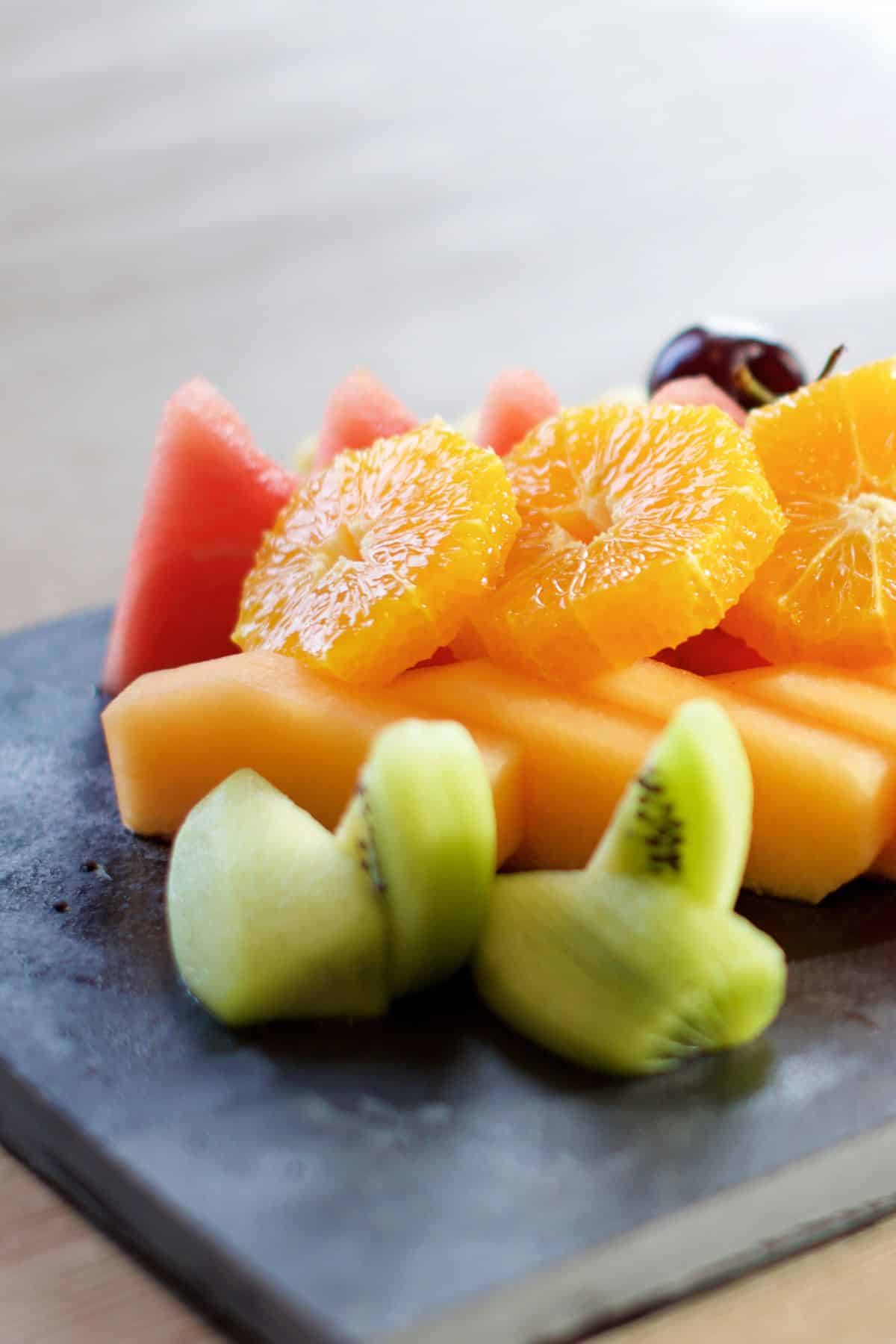
A simple plate of prepared fruit, cucumber, and cheese can provide your child with an array of vitamins and minerals, along with some healthy and satisfying protein. Feel free to adapt the ingredients to whatever fruits or veggies your child likes the most.
You can use any cheese you like, perhaps including “child-friendly” options like string cheese along with some mature cheese to introduce bolder flavors.
Add a couple of different kinds of whole-grain crackers and your child’s favorite dips to create a well-balanced and colorful breakfast with a variety of textures.
15. Leftovers From Dinner
Leftovers are likely the most convenient option of all and the perfect solution for a busy morning.
The first meal of the day doesn’t have to contain your “typical” breakfast foods and you may just be surprised how willing your child is to finish off whatever you had for dinner the evening before!
If possible, try to ensure that it contains a mixture of protein, carbohydrates, and fats.
Foods to Avoid at Breakfast
Despite being marketed for children – and definitely packaged to appeal to kids – many children’s packaged breakfast products have virtually no nutritional value and are far too high in sugar and calories.
Sweetened drinks, too, should be avoided and make it far too easy for your child to consume more calories than he/she needs.
When choosing breakfast foods for your child, avoid:
- Sugary or refined cereals
- White toast with butter
- Muffins made with white flour and refined sugars
- Pancakes and waffles made with refined white flour
- Breakfast pastries that are overloaded with sugar and processed ingredients
- Sweetened packaged yogurt
- Granola bars
- Commercially prepared smoothies that often have a lot of sugar
- Pre-flavored oatmeal that often has processed ingredients and a lot of sugar
Healthy Breakfast Habits
Some overall tips to keep in mind when preparing ideal breakfasts for kids are:
- Start the day with a nutritious breakfast
- Include plenty of protein and fiber
- Make sure your child drinks plenty of water
- Avoid sugary cereals and processed foods
- Provide a variety of healthy breakfast options
- Encourage your child to eat breakfast every day
FAQs
The American Association of Pediatrics recommends no juice before 6 months of age. Then, it is recommended to limit the intake of juice after the age of 6 months. Too much fruit juice can be a cause of childhood obesity and dental cavies.
If you do serve your child juice, make sure it is made from 100% juice with no added sugars.
If your child doesn’t wake up with an appetite, consider reducing the size of his or her dinner the night before. He or she may also need to limit any sweets consumed after dinnertime the night before.
To help encourage your child’s morning appetite, start with smaller meals and work up from there as his or her appetite increases. Breakfast is just too important to skip.
Meal planning and prepping is key! You can prep food items the day before so minimal prep is involved in the mornings. See my list of the best meal prep tips for beginners. Consider making foods like overnight oats, chia pudding, or egg muffins that can be made ahead of time and grabbed quickly in the morning.
More Articles About Healthy Eating You Might Like
Conclusions
Going without breakfast can leave your child feeling irritable, tired, and less able to concentrate at school. Similarly, an unhealthy breakfast overloaded with sugar can cause temporary spikes in blood glucose levels, leading to a sugar crash and less energy later on.
Serving a healthy, balanced breakfast like the ones suggested here will set your child up perfectly, giving them the fuel they need to learn and play throughout the day.
Don’t forget to join my newsletter list to get exclusive clean eating recipes and tips. The newsletter is 100% free with no spam; unsubscribe anytime.
About the Author: Carrie Forrest has a master’s degree in public health with a specialty in nutrition. She is a top wellness and food blogger with over 5 million annual visitors to her site. Carrie has an incredible story of recovery from chronic illness and is passionate about helping other women transform their health. Send Carrie a message through her contact form.
Note: this post is for informational purposes only and is not intended as medical advice. Please consult your healthcare provider for recommendations related to your individual situation.


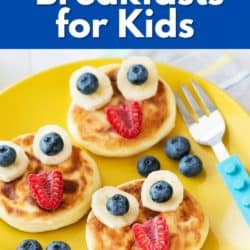
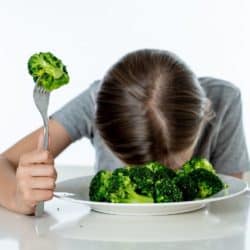
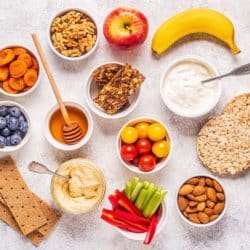

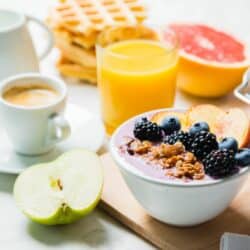


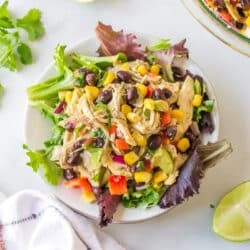
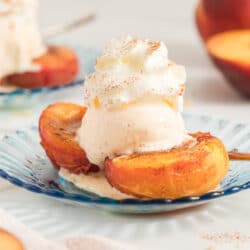

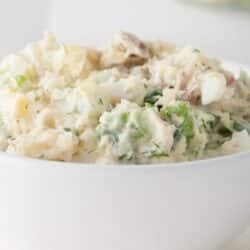






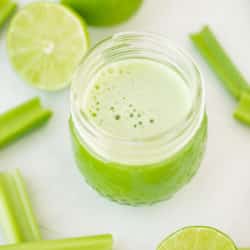



Is there a recipe for the oatmeal muffins? I would love to try and make them:]